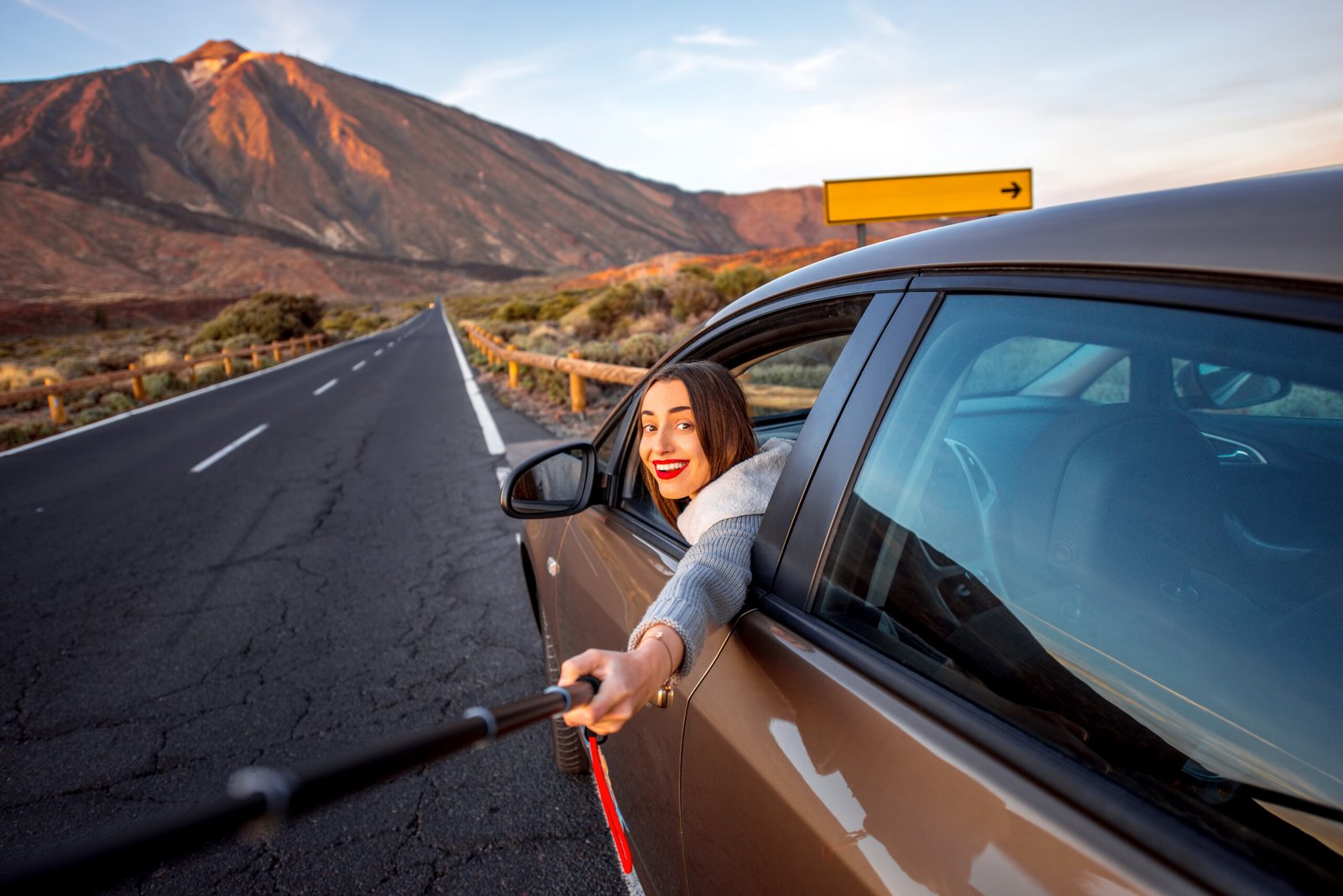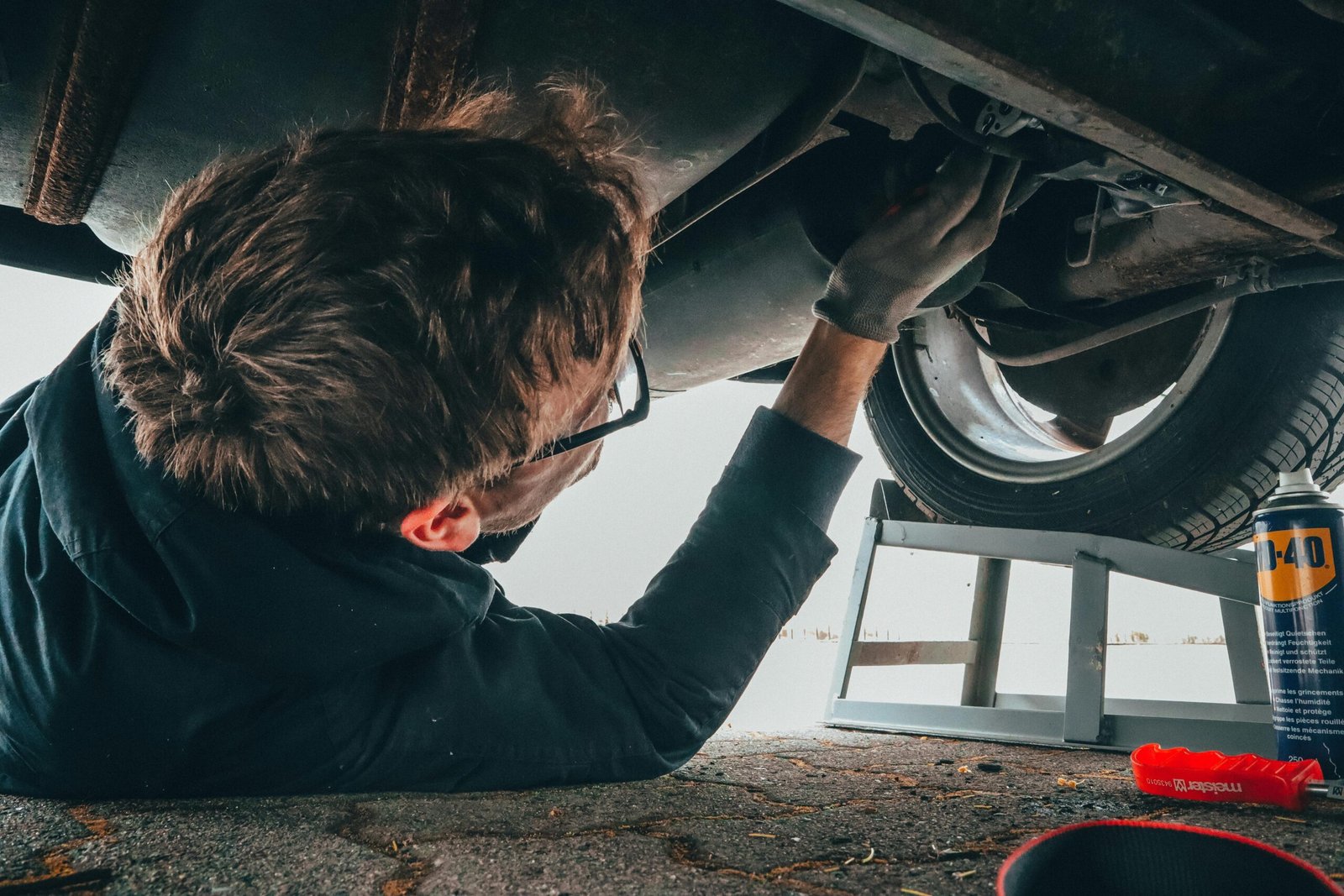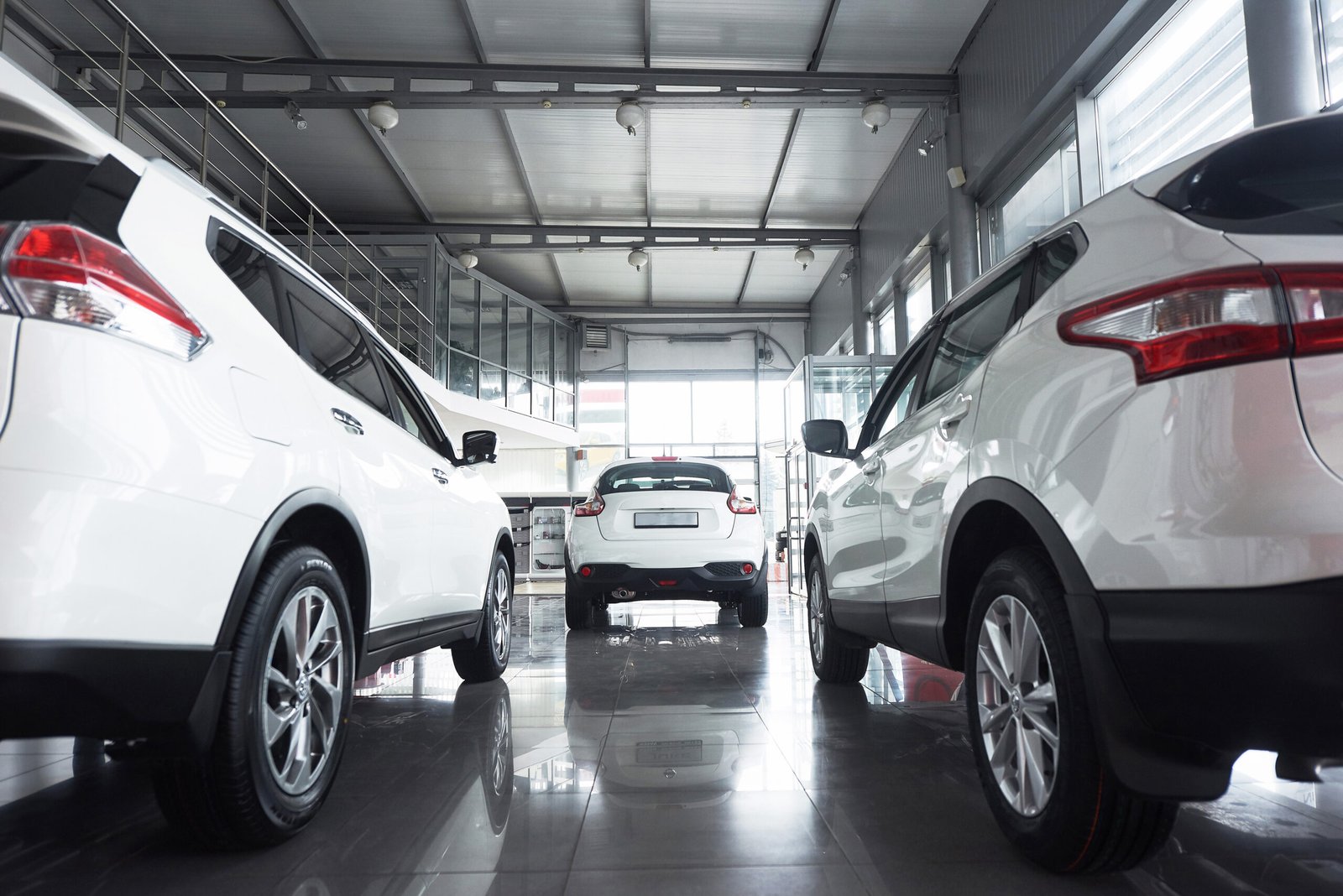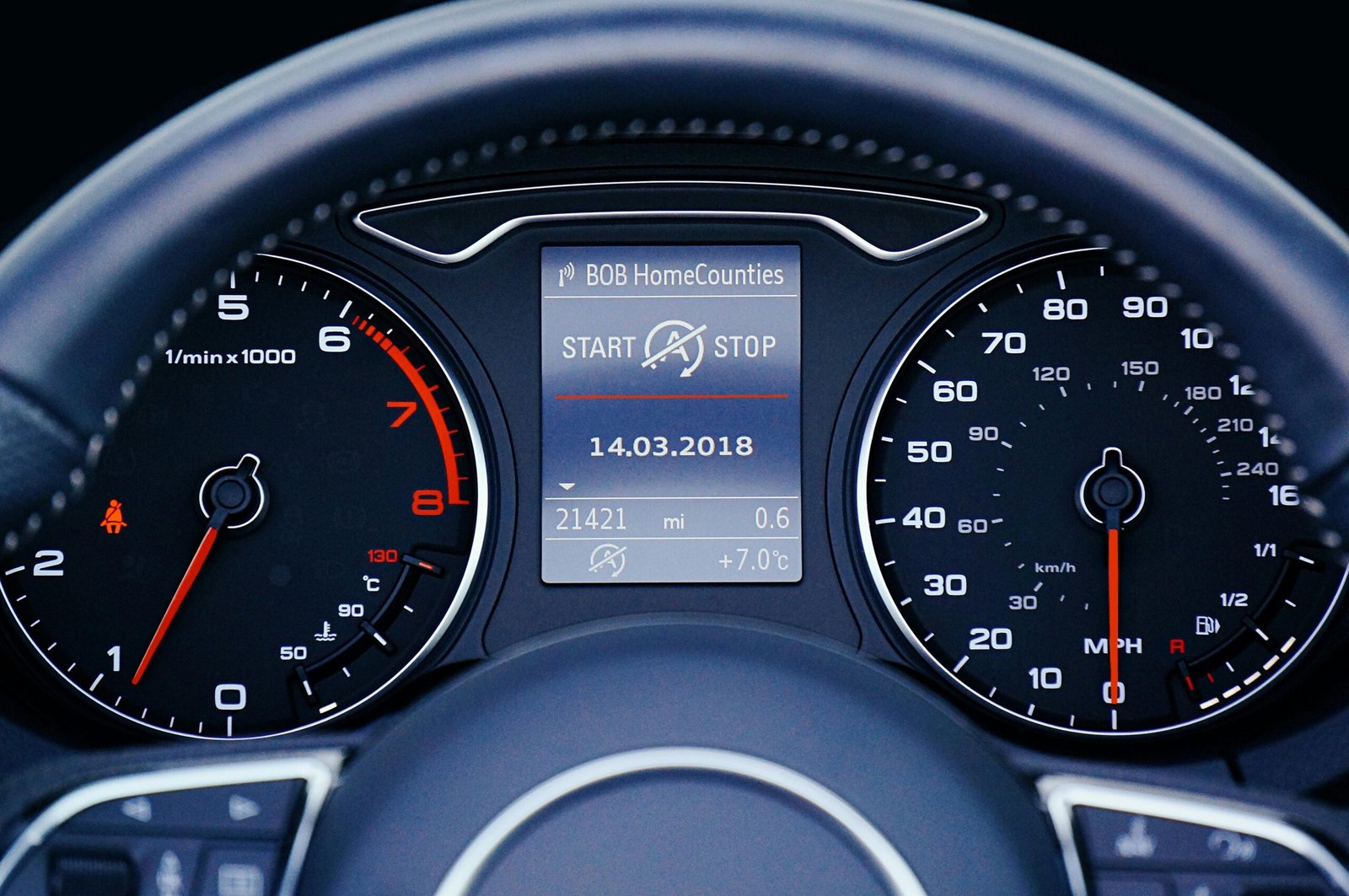1. Introduction
Embarking on a long trip can be an exhilarating experience, but it requires careful planning to ensure it goes smoothly. Whether you’re driving across the country or exploring remote areas, preparing adequately is crucial. This guide aims to provide comprehensive insights into every aspect of trip preparation, from ensuring your vehicle is roadworthy to packing essentials, planning your route, and maintaining your health and safety on the road.
2. Vehicle Preparation
2.1 Maintenance Check
Before setting off, a thorough vehicle check is paramount. This includes inspecting the engine, brakes, fluids, and lights. Ensure your car’s oil change is up-to-date, and the cooling system is functioning correctly. Check the condition of your tires, including the spare, and make sure they are properly inflated. If your trip involves driving in unique conditions, like off-road or in snowy areas, consider appropriate preparations such as snow chains or an engine coolant suitable for extreme temperatures.
2.2 Emergency Kit and Tools
An emergency kit is essential for any long trip. This kit should include a first aid kit, a flashlight with extra batteries, a multi-tool or a basic tool kit, a tire repair kit, and a portable tire inflator. Additional items like a tow rope, jumper cables, duct tape, and a fire extinguisher can be lifesavers in emergency situations. Also, keep a blanket, extra clothing, and non-perishable food items in case you’re stranded for a while.
3. Route Planning
3.1 Researching Your Route
Effective route planning involves more than just plotting your course. Investigate potential road closures or construction that could affect your travel. Consider the terrain and weather conditions you’ll encounter and plan accordingly. It’s also wise to identify multiple routes to your destination in case of unforeseen circumstances like heavy traffic or road closures.
3.2 Accommodation and Stops
Plan your accommodation ahead of time, especially if you’re traveling to popular destinations or during peak seasons. Book hotels or campsites in advance to avoid the stress of finding a place to stay at the last minute. Plan your rest stops and refueling points, and make time for attractions or points of interest to make your journey more enjoyable.
4. Packing Essentials
4.1 Clothing and Personal Items
Pack clothing suitable for different weather conditions you might encounter. Include comfortable driving attire and footwear. Don’t forget essential toiletries, personal hygiene items, and any daily use items like glasses or contact lenses. Pack a mix of casual and a few formal outfits if your trip includes varied occasions.
4.2 Food and Hydration
Pack enough snacks and water for the journey. Healthy snacks like fruits, nuts, and granola bars can keep energy levels up. If traveling with children, include their favorite snacks to keep them happy. A reusable water bottle is essential to stay hydrated, and packing a thermos can keep your coffee or tea warm during the trip.
5. Safety and Emergency Preparedness
5.1 First Aid Kit
A comprehensive first aid kit should include band-aids, antiseptics, pain relievers, cotton swabs, and any personal medications. Also, include sunblock, insect repellent, and aloe vera gel or a similar soothing agent for sunburn or insect bites.
5.2 Emergency Contacts and Information
Keep a list of emergency contacts, including family members, friends, and roadside assistance services. Additionally, it’s a good idea to have a physical map or printed directions as a backup to digital navigation in case of technology failure or lack of cellular service.
6. Entertainment and Comfort
6.1 Music, Audiobooks, and Podcasts
Prepare a playlist of your favorite music to make the drive enjoyable. Audiobooks and podcasts can be great companions, especially for solo travelers or long stretches of highway. Remember to download content in advance in case you travel through areas with limited internet connectivity.
6.2 Comfort Items
Pack items that make your journey comfortable, such as travel pillows, seat cushions, and sunshades for side windows. If you are traveling with children, bring along their favorite toys, coloring books, or electronic devices to keep them entertained.
7. Health Considerations
7.1 Medications and Health Supplies
Apart from your regular medications, include a supply of over-the-counter medicines for headaches, allergies, and stomach upsets. If you wear prescription glasses or contacts, bring a spare pair. Also, consider packing hand sanitizer and wipes for hygiene, especially when using public restrooms.
7.2 Staying Healthy on the Road
Long drives can be physically taxing. Schedule regular stops to stretch and move around. Practice good posture while driving and use rest stops to do brief exercises if possible. Stay hydrated and avoid heavy meals that can make you drowsy.
8. Financial Planning
8.1 Budgeting for the Trip
Plan your budget considering all expenses: fuel, food, accommodation, tolls, and entertainment. It’s a good idea to have a mix of cash and cards, as some locations may not accept card payments. Also, inform your bank of your travel plans to avoid any issues with your cards while on the road.
8.2 Important Documents
Organize all necessary documents like your driver’s license, vehicle registration, insurance information, and any required travel permits or visas. Keep digital copies of these documents in your email or cloud storage as a backup.
9. FAQs
Q: How do I stay alert and safe while driving long distances?
- A: Take regular breaks, stay hydrated, and avoid driving for long periods at night. If you feel drowsy, pull over to a safe spot and take a short nap or switch drivers if traveling with others.
Q: What should I do if my plans change unexpectedly during the trip?
- A: Stay flexible and have backup plans. Keep an eye on the weather and traffic updates, and be prepared to adjust your route or accommodation as needed.
10. Conclusion
Thorough preparation is key to a successful and enjoyable long trip. By ensuring your vehicle is in good condition, planning your route, packing appropriately, and being prepared for emergencies, you can have a memorable and stress-free journey. Always prioritize safety and comfort, and remain flexible to adapt to any unforeseen changes. Happy traveling!




